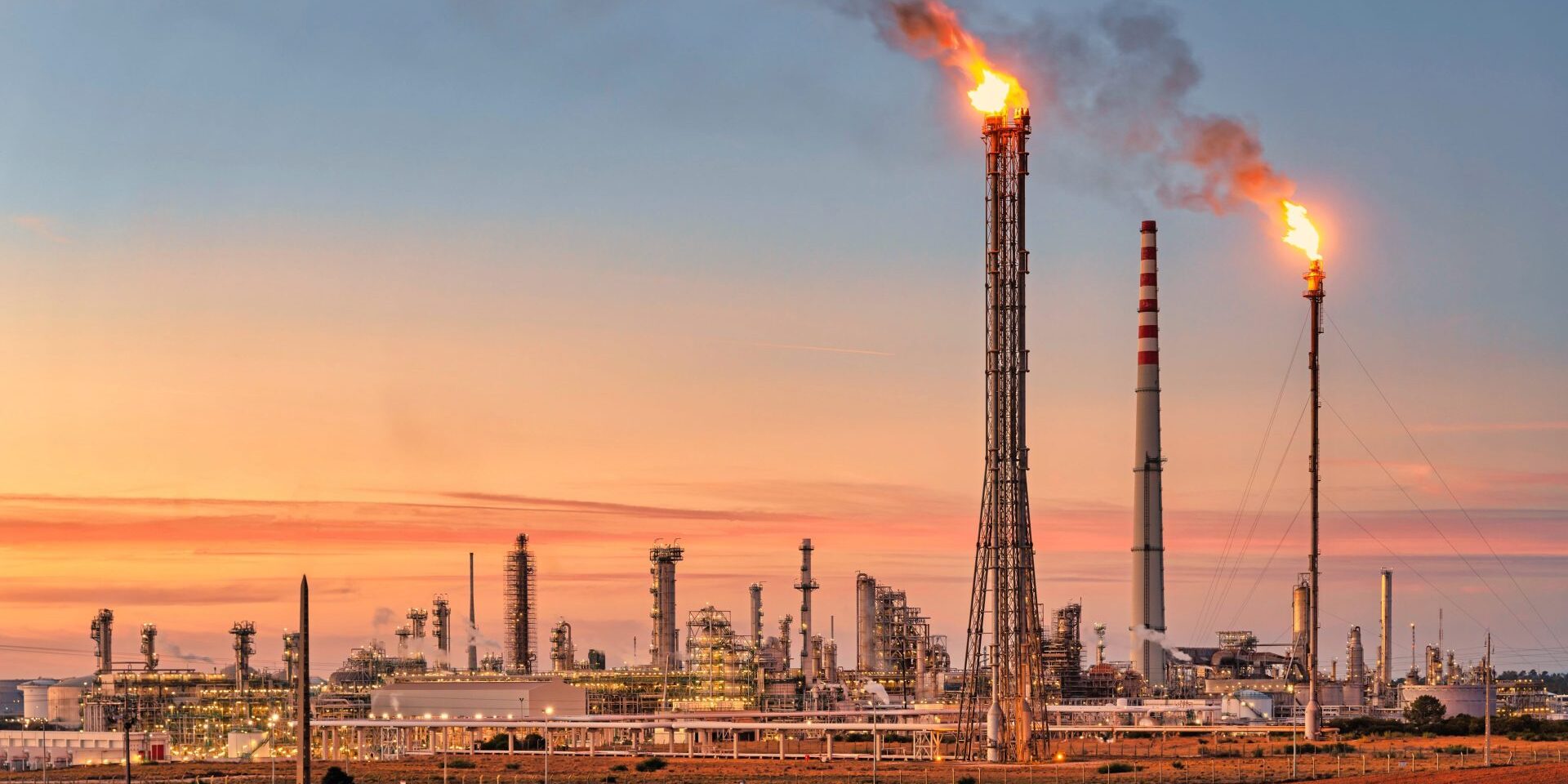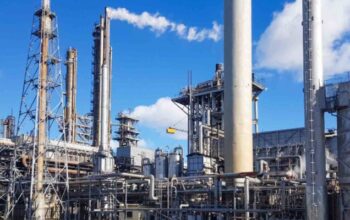Joseph Anis, President and CEO of GE Vernova’s Gas Power business for Europe, the Middle East, and Africa, sheds light on the emerging economic and environmental prospects associated with flare gas and related technologies in the MENA region.
Globally, substantial volumes of natural gas are annually flared or released into the atmosphere at oil production sites, contributing to significant carbon dioxide (CO2) and methane emissions equivalent to the output of 83 million cars, as estimated by the World Bank. This practice, largely involving associated natural gas encountered during oil extraction, has drawn attention from climate negotiators keen on reducing emissions in the oil and gas sector.
The International Energy Agency (IEA) suggests that the sector can reduce emissions by 60% using cost-effective, well-known technologies, such as eliminating gas flaring. Alternatives encompass electrification via renewables, carbon capture, use, and storage (CCUS), and methane emission reduction.
A recent whitepaper from GE Vernova, a global energy company with a significant role in global electricity generation, showcases the potential of gas-to-power projects using associated gas as a sustainable alternative to gas flaring. This electricity not only caters to the power needs of oil exploration and production facilities but also supports local communities with minimal grid infrastructure investments, making it particularly appealing to countries like Iraq and Libya facing electricity shortages and robust E&P sectors.
Joseph Anis highlights the multifaceted benefits of these projects, which extend beyond averting gas flaring. The electricity generated often replaces diesel-based power in remote locations, significantly reducing the carbon footprint of E&P activities. Anis emphasizes the potential for the Middle East and Africa, where growing expertise in gas-to-power systems has streamlined implementation and improved economics. By switching from diesel generators to natural gas, emissions can be reduced by nearly 50%, addressing Scope 1 and 2 emissions. Additionally, excess power generated can bolster local, regional, or national power grids, enhancing community access to electricity.
Iraq, with its vast reserves of flared gas, stands to gain significantly from such systems, mirroring the success of similar projects in Yemen and Oman. Anis underlines the possibility of generating up to 13,000 MW of electricity, enough to power millions of Iraqi homes without additional CO2 emissions. In Yemen, PetroMasila is transitioning from diesel to natural gas with GE Vernova’s gas turbines, contributing to the local grid and benefiting homes in Yemen.
GE Vernova’s TM2500 aeroderivative gas turbine is a popular solution for distributed flare gas power generation. Its quick installation and fuel flexibility, combined with adherence to stringent emission standards, make it an ideal choice, particularly for remote and challenging environments. For centralized solutions with higher power outputs, GE Vernova’s HA gas turbines are highly efficient and can support the integration of renewable power, enhancing grid stability.
Anis underscores the importance of financing and the role of capital in facilitating a just energy transition. Institutions like export credit agencies (ECA) can incentivize innovative emissions reduction technologies and efficient gas turbine units. Anis concludes by emphasizing the deployment of diverse generating technologies to lower carbon emissions and intensity, paving the way for net-zero goals.
Looking ahead to COP28, Anis expresses readiness to collaborate with customers on flare gas-to-power projects, reflecting the industry’s commitment to ending flaring and harnessing gas for economic and environmental benefits. In closing, Anis anticipates collaborative efforts to drive climate action, benefit local communities, and bolster global environmental initiatives.
![]()




